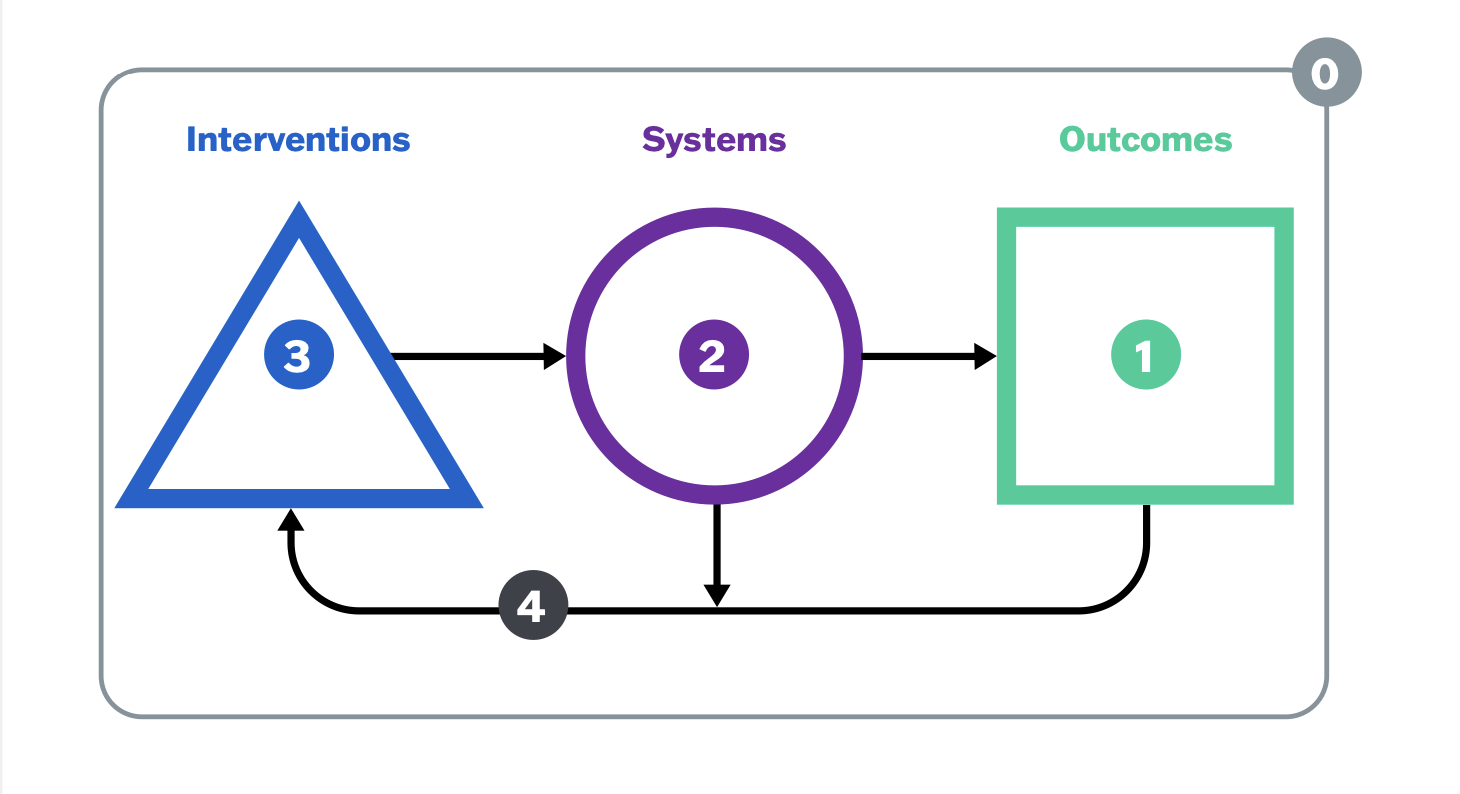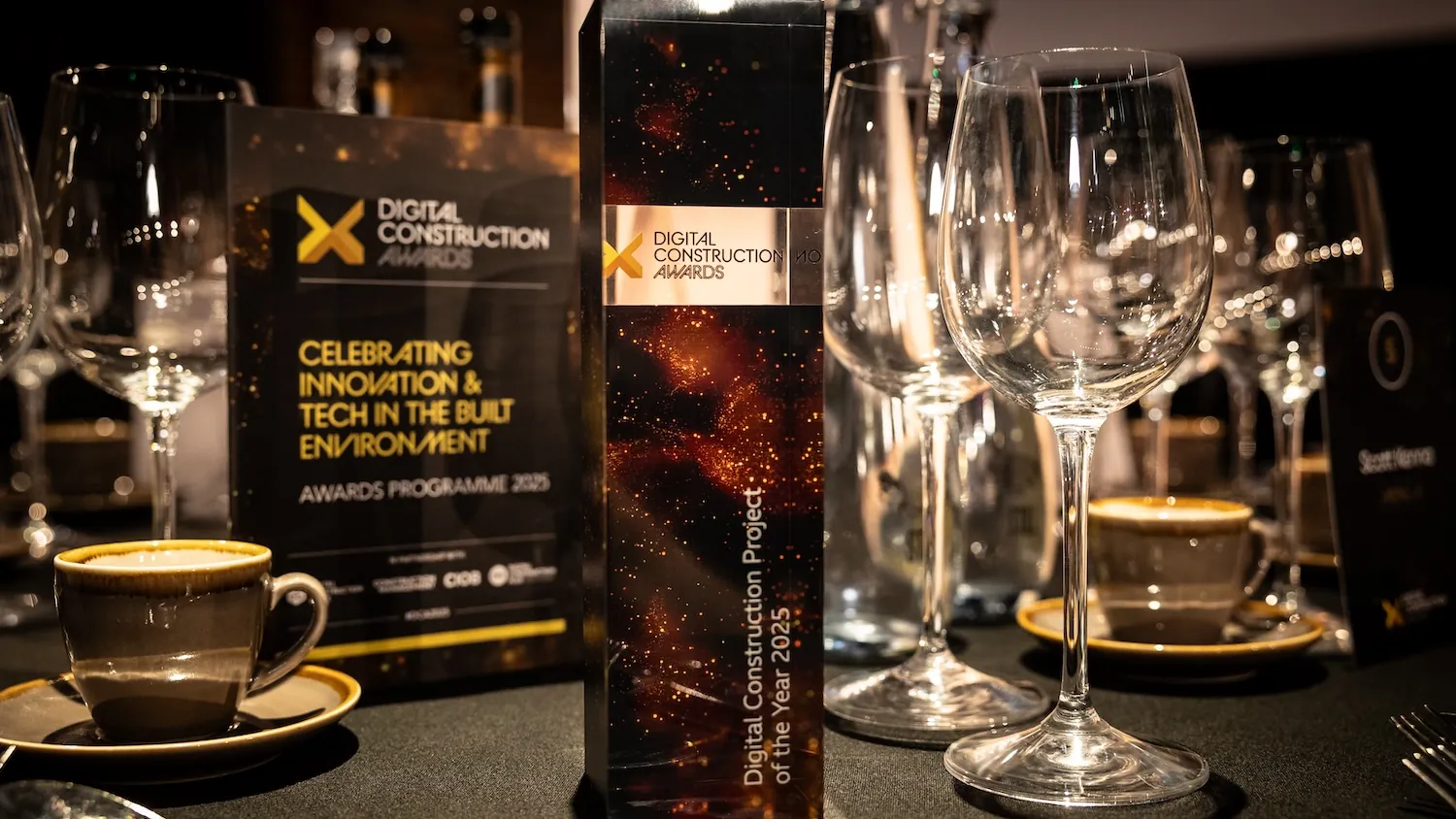
The nine steps towards a connected built environment
An agency to drive connectedness of built environment policies across central and local government, and a PAS for systems thinking are just two of the nine recommendations from the Built Environment Connective (BEC).

The BEC is a network of industry and academia focused on advancing joined-up thinking in the built environment. It is supported by many major contractors, clients, government departments, stakeholder bodies and academic institutions.
Its recently published Connect to change document is a rallying cry for systems thinking. The BEC believes acknowledging that the built environment is an interconnected series of systems and focusing on improving outcomes (rather than simply delivering the outputs of individual projects) is the only way to address the environmental, societal and economic challenges the UK faces.
To drive the adoption of systems thinking, Connect to change outlines nine actions, six of which focus on how industry can help itself.
But first, the BEC is calling for a government-led built environment systems review, which should demonstrate the economic value of the existing built environment and evidence the link between the performance of built environment systems and sustainable economic growth. It should evaluate the current performance of the existing built environment in delivering key outcomes, and identify tangible actions to address gaps and barriers. The BEC proposes a two-year timescale for the review to be researched, written and published.

Driven by outcomes
The BEC believes that, by applying systems processes and approaches, “we can achieve better outcomes with fewer resources and in more lasting ways”.
BEC steering group member Alexandra Bolton OBE said: “We have to change the mindset away from big projects creating some outcomes (and a very linear sense through that) to [thinking] about our outcomes. What’s the system that it sits in that’s going to create those outcomes? What’s linked into it?
“And let’s not talk about projects. Let’s talk about interventions. If you want better healthcare, the answer might not be to build a new hospital, it might be to create 100 new district nurses and better nutrition in schools. If we think about the outcome that we want, we’re much more flexible on what those interventions should be. So we’re building where we need it. We’re building to create the outcomes that we want.”
She emphasised the five stages: “Systems thinking is knowing your scope, focusing on the outcome, understanding the systems, identifying interventions and then observe, learn, repeat.”
Second, the government should create an ‘Office for Systems Responsibility’ to challenge the connectedness of built environment policies across government departments and local government. The office should also develop outcome-focused policy objectives (and investment decisions) that are based on a comprehensive understanding of system performance. BEC proposes that this office should be operational within three years.
Third, the BEC wants the establishment of a Built Environment Commission to oversee the performance of the built environment as a whole. The commission would reform regulatory frameworks to require cross-connection between regulators in the built environment and give regulators objectives and metrics that are related to the delivery of outcomes. Data and digital infrastructure should fall within the commission’s remit. The BEC proposes a two-year timescale for the creation of the commission.
Industry’s role in systems thinking
Turning to what the industry must do, the BEC calls for the introduction of a PAS on systems approaches for the built environment that will lead to shared methodologies, toolsets and case studies. It also calls for the development of an information platform and outcomes-focused, systems-based metrics. Such metrics should be embedded as a requirement in the government’s and regulators’ contracts and reporting structures.
The BEC also wants systems thinking embedded in education and training curricula and leadership development programmes.
Alexandra Bolton OBE, BEC steering group member and independent consultant at Curgenven Wolfe, presented the BEC’s vision at the Women in BIM conference last week in Edinburgh. “It’s absolutely fine to work on projects. We must: they’re vital. They’re important. And let’s start thinking about the systems around the built environment, how things are connected. We need to make sure that we’re thinking about the built environment as a connected system of systems, not just a series of projects,” she said.
“It’s not just a nice to have: it’s an urgent need, and we need to build on the Connect to change document and work as an industry to make sure that we’re connected, that we’re working in a systems way, so that we can produce the outcomes that we want for ourselves and for future generations.”
Keep up to date with DC+: sign up for the midweek newsletter.



